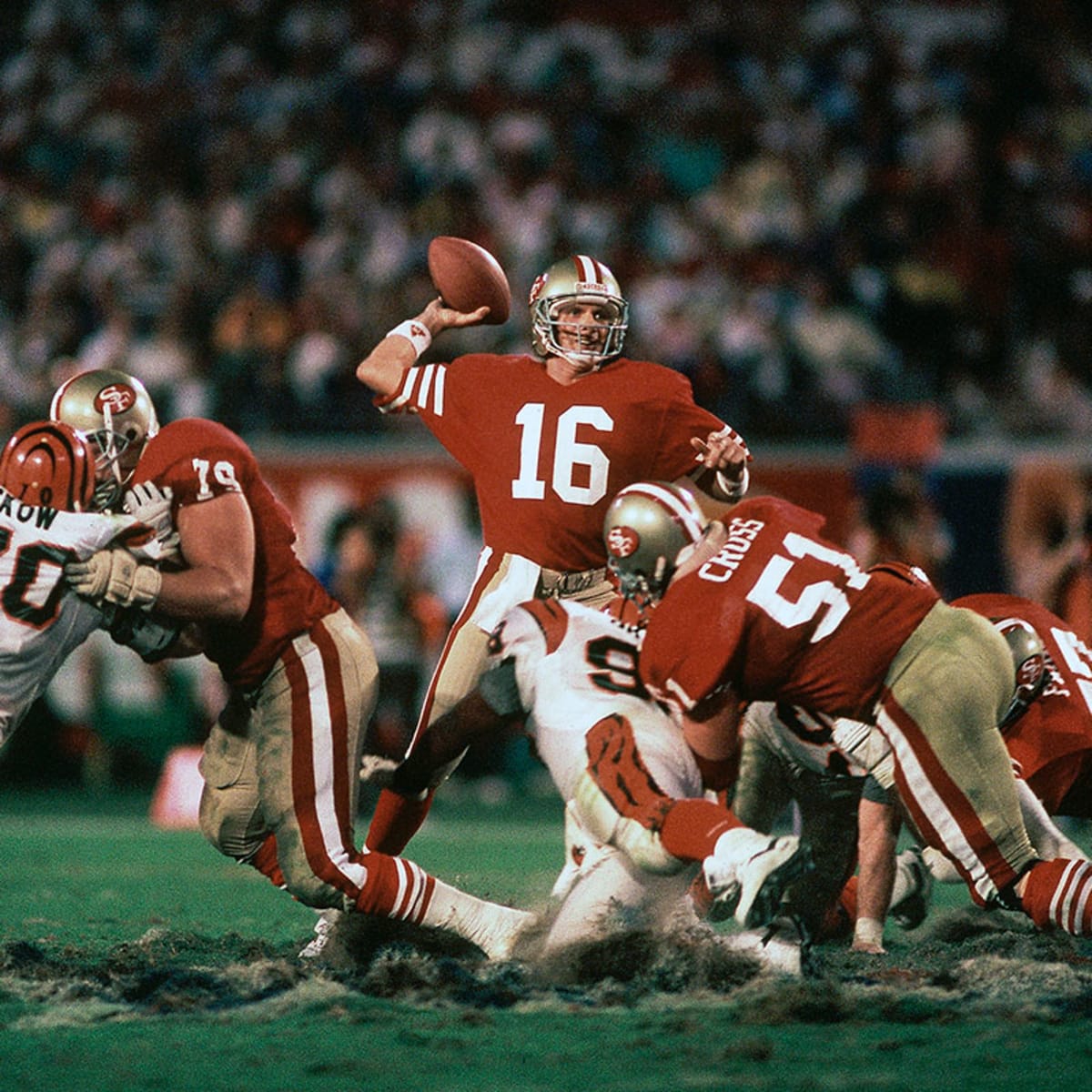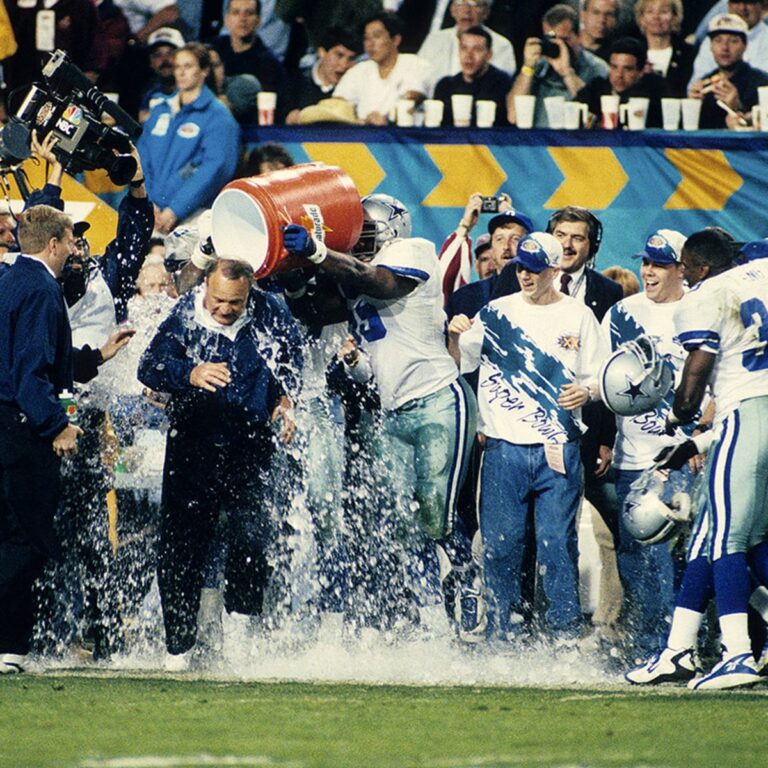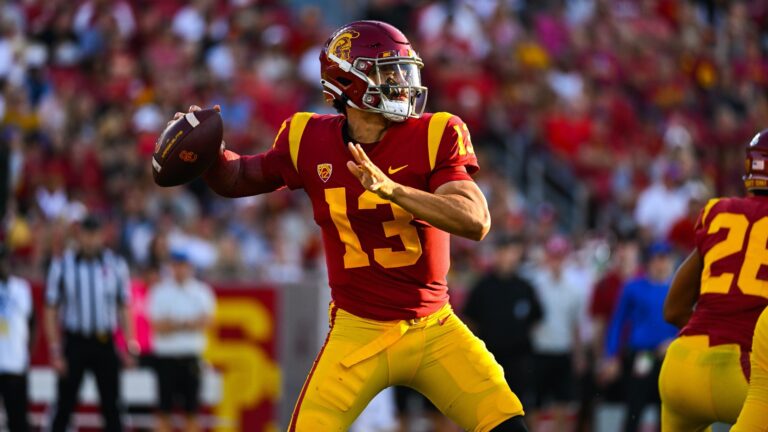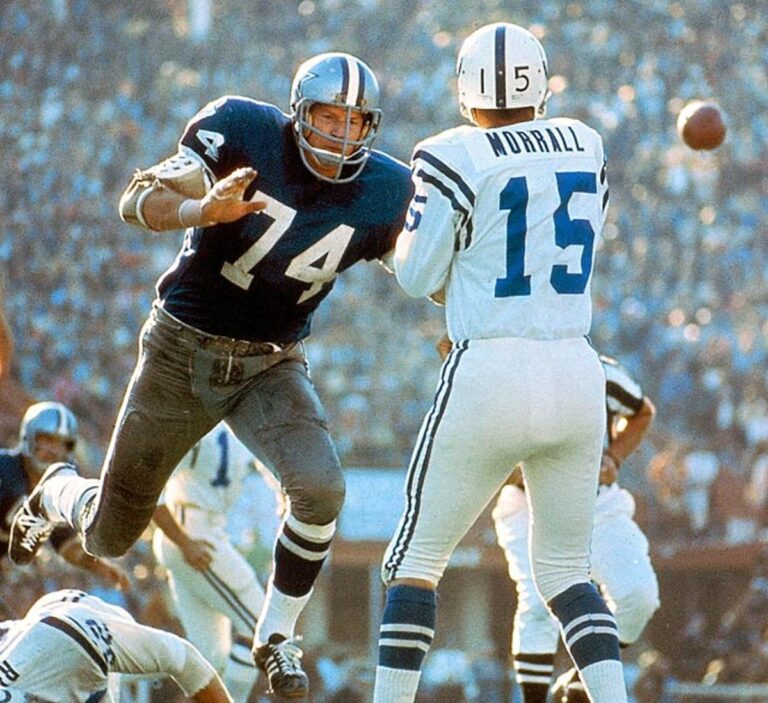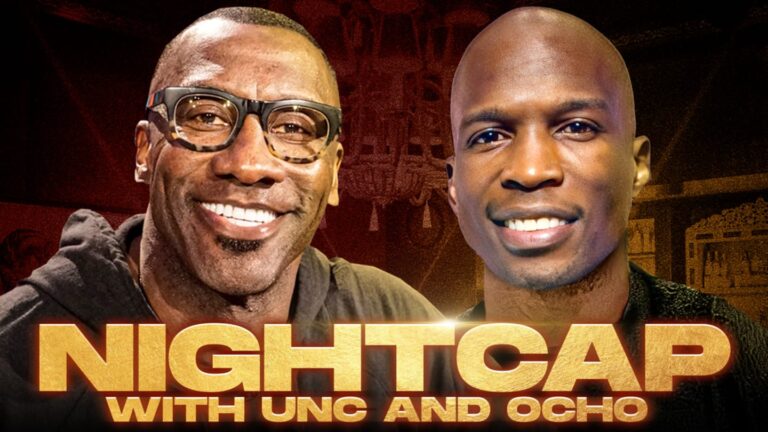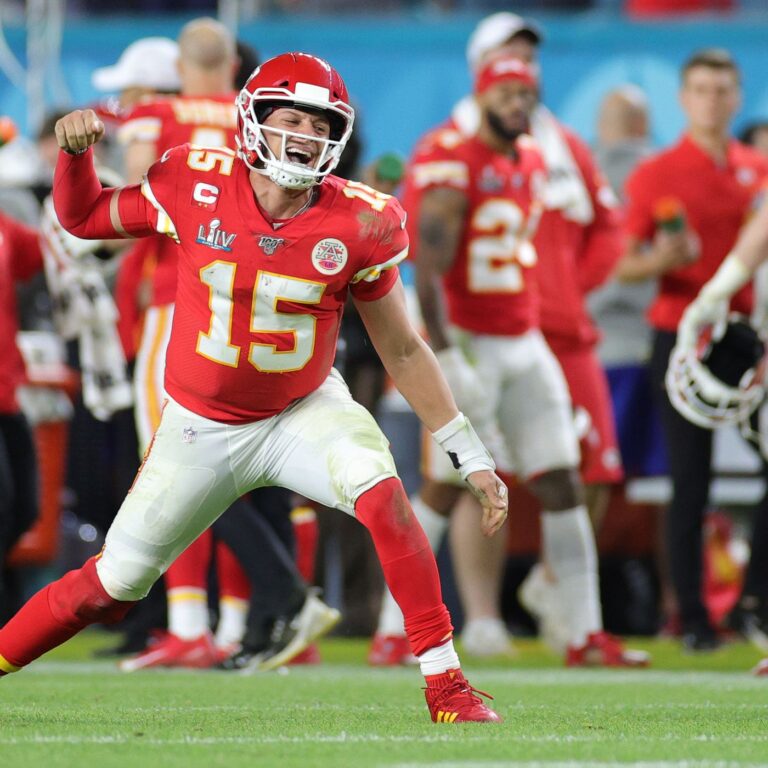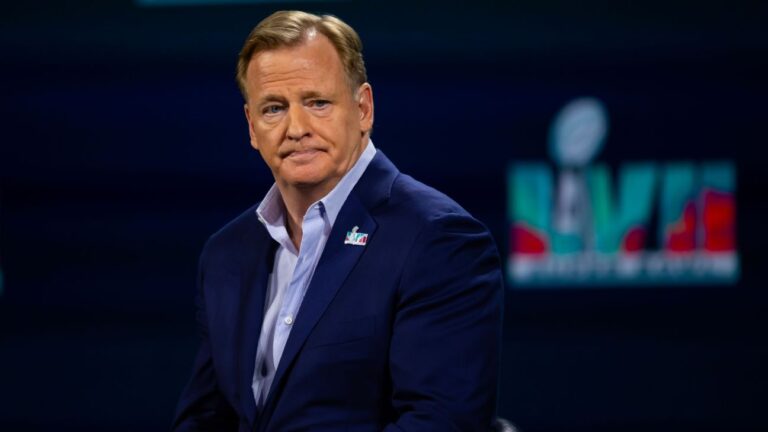Super Bowl XXIII: 49ers vs. Bengals – Montana’s Magic and The Drive to Glory
Introduction:
Super Bowl XXIII, played on January 22, 1989, at Joe Robbie Stadium in Miami, Florida, is etched in NFL history as one of the greatest championship clashes. The matchup between the San Francisco 49ers and the Cincinnati Bengals not only marked the culmination of the 1988 NFL season but also showcased the brilliance of Joe Montana and the artistry of a game-winning drive that has become legendary. In this blog post, we delve into the narrative of Super Bowl XXIII, a game defined by its thrilling conclusion, strategic prowess, and a quarterback who solidified his status as one of the all-time greats.
The Context:
Super Bowl XXIII unfolded with the San Francisco 49ers, led by head coach Bill Walsh, making their third Super Bowl appearance in the 1980s. The Cincinnati Bengals, coached by Sam Wyche, were making their second appearance in franchise history, seeking their first Super Bowl title. The clash between these two formidable teams promised a spectacle of strategic football and showcased the contrasting styles of the West Coast offense and the no-huddle offense.
The Teams and Players:
The 49ers boasted a roster filled with talent, including quarterback Joe Montana, wide receiver Jerry Rice, and a stellar defense led by Ronnie Lott. On the opposing side, the Bengals featured quarterback Boomer Esiason, wide receiver Eddie Brown, and a tenacious defense led by Reggie Williams.
The Game Unfolds:
Super Bowl XXIII commenced with both teams showcasing their defensive prowess, resulting in a low-scoring first half. The Bengals took a 6-3 lead into halftime with two field goals, setting the stage for a second half that would become legendary in the annals of football history.
The third quarter saw both teams exchanging blows, with the 49ers tying the game with a field goal. However, the Bengals responded with a touchdown, taking a 13-6 lead. The stage was set for one of the most memorable comebacks in Super Bowl history.
Montana’s Magic:
The defining story of Super Bowl XXIII was the magical performance of 49ers quarterback Joe Montana. Montana, known for his poise and clutch performances in pressure situations, orchestrated a game-tying touchdown drive in the fourth quarter. His touchdown pass to Jerry Rice with just 34 seconds remaining in regulation showcased his ability to elevate his game when it mattered most.
Montana’s cool demeanor and precision passing on that drive became emblematic of his legendary status. The game-tying drive, later referred to as “The Drive,” set the stage for an overtime showdown that would go down in Super Bowl lore.
The Game-Winning Drive:
Super Bowl XXIII entered overtime tied at 13-13, and the 49ers won the coin toss, giving them the opportunity to script the final chapter of the game. What unfolded was a masterclass in quarterbacking as Montana orchestrated another iconic drive.
Facing a crucial third-and-10 situation, Montana connected with John Taylor for a 10-yard completion, securing a first down. Moments later, on another third-down play, he found Jerry Rice for a 27-yard gain, putting the 49ers in field goal range. The game-winning drive concluded with a 10-yard touchdown pass to John Taylor, securing a 20-16 victory for the 49ers.
Key Defensive Moments:
While the game is often remembered for Montana’s heroics, key defensive moments also played a crucial role. The 49ers’ defense, led by Ronnie Lott and Charles Haley, intercepted Boomer Esiason twice, including a pivotal interception by Lewis Billups in the fourth quarter. These defensive plays provided Montana and the 49ers’ offense with the opportunities they needed to stage their comeback.
The Bengals’ defense also showcased its prowess, limiting the 49ers to field goals until the game-tying touchdown drive in the fourth quarter. The back-and-forth battle between the offenses and defenses added an extra layer of drama to the contest.
Halftime Show and Cultural Impact:
Super Bowl XXIII’s halftime show featured a performance by Elvis Presto, a fictional magician portrayed by rock musician Elvis Costello. While halftime shows of this era may not have been as elaborate as contemporary productions, they contributed to the evolving cultural significance of the Super Bowl as a major entertainment event.
Legacy and Impact:
Super Bowl XXIII left an enduring legacy, solidifying Joe Montana’s status as one of the greatest quarterbacks in NFL history and showcasing the 49ers’ ability to perform under pressure. The game-winning drive became a symbol of Montana’s clutch gene and the 49ers’ resilience in high-stakes situations.
The Bengals, despite falling short, contributed to the competitive spirit of the Super Bowl, and the game’s thrilling conclusion added another chapter to the storied history of the championship game. Super Bowl XXIII is remembered not only for its dramatic finish but also for the sportsmanship and excellence displayed by both teams.
Conclusion:
As we reflect on Super Bowl XXIII, it stands as a testament to the brilliance of Joe Montana and the enduring allure of the NFL’s premier event. The game not only celebrated the San Francisco 49ers’ championship triumph but also showcased the artistry and drama that define the Super Bowl. Super Bowl XXIII remains a timeless chapter in football history, with “The Drive” and Montana’s magic providing a memorable showcase of skill, strategy, and the indomitable spirit of competition.

